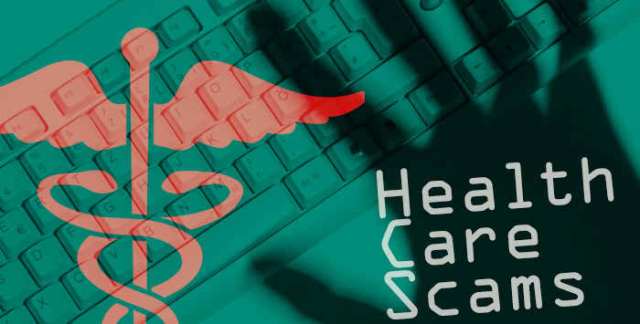
Twenty people—four of whom are doctors—are facing charges related to a massive fraud scheme that bilked Medicare, Medicaid and other managed care organizations out of $146 million.
Prosecutors from the Brooklyn District Attorneys Office said the defendants ran an enterprise in which recruiters offered cash to low-income and homeless patients to get them to undergo a series of medically unnecessary tests at participating clinics.
They then allegedly billed publicly funded insurance programs for performing those tests and laundered the fraudulently obtained funds through the bank accounts of a series of shell companies in far-flung countries such as Taiwan and Lithuania.
Once that money reached the defendants, prosecutors said, they used it to buy expensive real estate—such as a $3.25 million apartment in downtown Brooklyn, New York—and fund shopping sprees at high-end stores like Hermes and Bulgari.
“This massive scheme, which provided no patient care at all, wasted millions of taxpayer dollars dedicated to Medicaid and Medicare,” Acting Brooklyn District Attorney Eric Gonzalez said in the announcement.
The investigation began following a referral from the Department of Health and Human Services Office of Inspector General. To uncover the alleged scheme, investigators employed undercover detectives, intercepted communications and conducted surveillance and financial analyses.
The defendants are facing charges including enterprise corruption, healthcare fraud, grand larceny and money laundering. Prosecutors said 35-year-old Kristina Mirbabayeva, of Brooklyn, was the ringleader of the scheme, and 53-year-old New Jersey resident Kevin Custis, M.D., was her business partner.
Another one of the doctors charged, 61-year-old Robert Vaccarino, was also employed as a New York Police Department surgeon, according to The Wall Street Journal. The police department said Tuesday that Vaccarino had been suspended.
At a news conference this week, representatives from the Brooklyn District Attorneys Office said the scheme was the biggest healthcare case in the office’s history, the article added.
In other antifraud news:
Prosecutors insist Florida eye doctor stole $136M from Medicaid
The attorney for Salomon Melgen, M.D., a Florida eye doctor who has been convicted of a $100 million Medicare fraud, argued at a sentencing hearing on Thursday that the government has only proven Melgen stole about $64,000.
Attorney Josh Sheptow said Melgen—who was charged separately with bribing New Jersey Democratic Sen. Bob Menendez—injected patients with then-experimental drugs that are now approved, the Associated Press reported. Sheptow suggested Melgen may have falsified billing statements to get around the fact that Medicare doesn’t pay for experimental treatments—so since the treatments were actually legitimate, the government didn’t lose money on paying for them.
But Assistant U.S. Attorney Alexandra Chase argued that the judge should accept the government’s estimate that Melgen stole $136 million, noting that even if he stole half as much, he would be eligible for a life sentence. Prosecutors are asking for a 30-year sentence.



